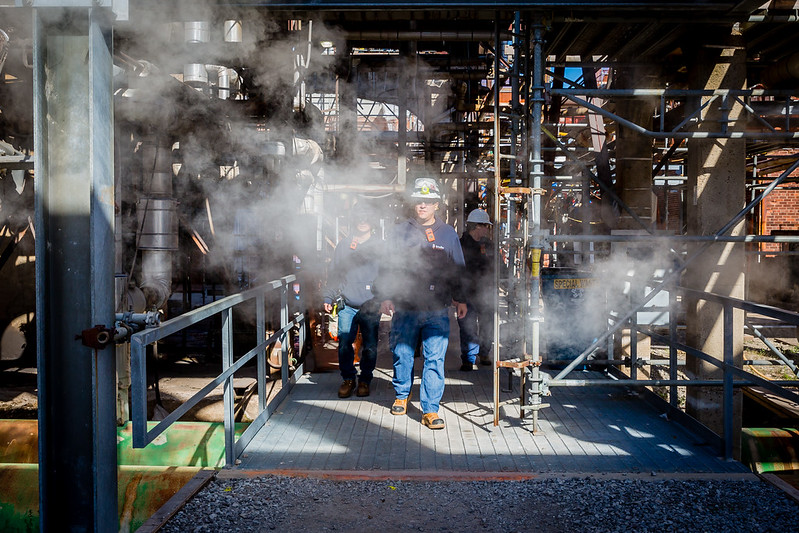By Gourav Patodi, Reliability Engineer at Brindley
Protection of equipment and structures in petroleum and petrochemical facilities through passive fireproofing systems play a vital role in reducing risk in the event of a fire. Where fireproofing helps control structural damage and potential incident escalation, it may also benefit in life safety concerns. Fireproofing deterioration, be it light weight or normal weight concrete, is prevalent in petroleum and petrochemical processing facilities throughout the world. With the need to repair or replace deteriorating fireproofing, Brindley Engineering (BE) provides a fireproofing needs assessment per American Petroleum Institute (API) recommended practice 2218.
Structural Fireproofing: Help control structural damage and potential incident escalation
API 2218
The Challenge
The Result
BE provided an in-depth fireproofing needs assessment from a risk-based standpoint and prioritized construction zones for repair to maximize risk and cost reductions within the operating unit. Recommendations were provided for efficiency in repair and replacement. In addition, a 3D Model was generated for these items which included areas where fireproofing is not present and is recommended by API 2218 and/or BE, areas where fireproofing is present but in poor condition requiring repairs, and areas where fireproofing is present, but not required. See the image above for a Typical 3D Model of a Rack Identified by Color Coding per API 2218. Repair recommendations were prioritized as High Priority, Medium Priority, and Low Priority and color coded on the plot plan of the unit. A decision tree analysis table was also developed for future situations that could be used across the entire facility.
Overall, by understanding the areas of fireproofing recommended by API 2218 and required by client specifications, construction efforts can be guided to areas of importance within the facility. Additionally, understanding areas where fireproofing is present but not required provides substantial cost savings opportunities, as only demolition is required once the fireproofing has deteriorated. Removing existing fireproofing that is not required also provides a substantial risk reduction by eliminating potential falling hazards in process units. Based on the analysis of that unit, approximately 30% of the total linear footage of fireproofing was not needed and required demolition and 4% of the structure was missing fireproofing where it was recommended per API 2218. Providing the Asset Owner with this information allows for increased safety within the process unit, increased reliability of the structure, and opportunity for substantial cost savings in maintenance activities.



0 Comments